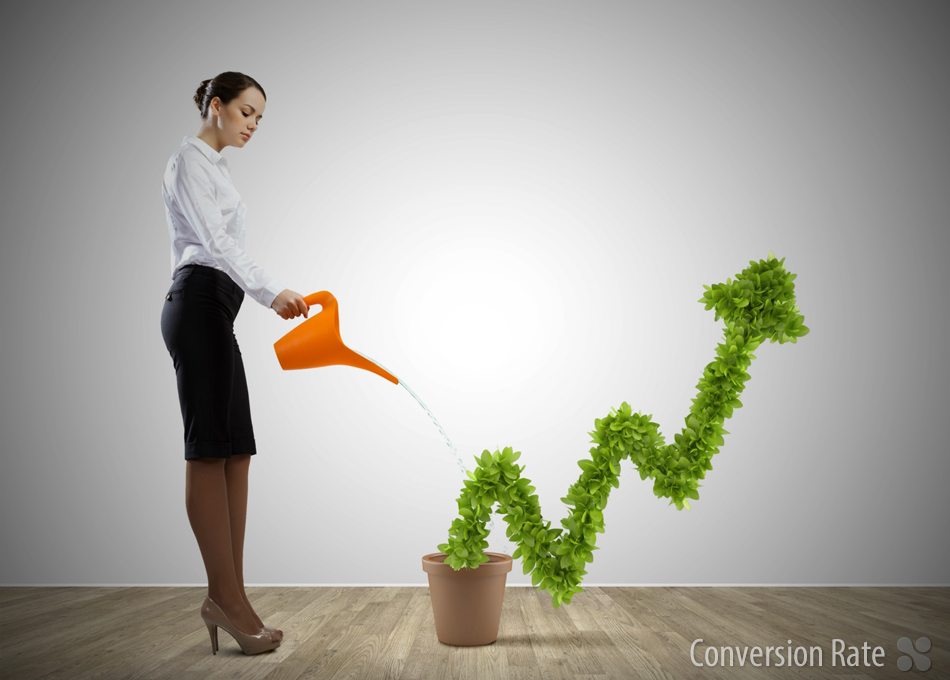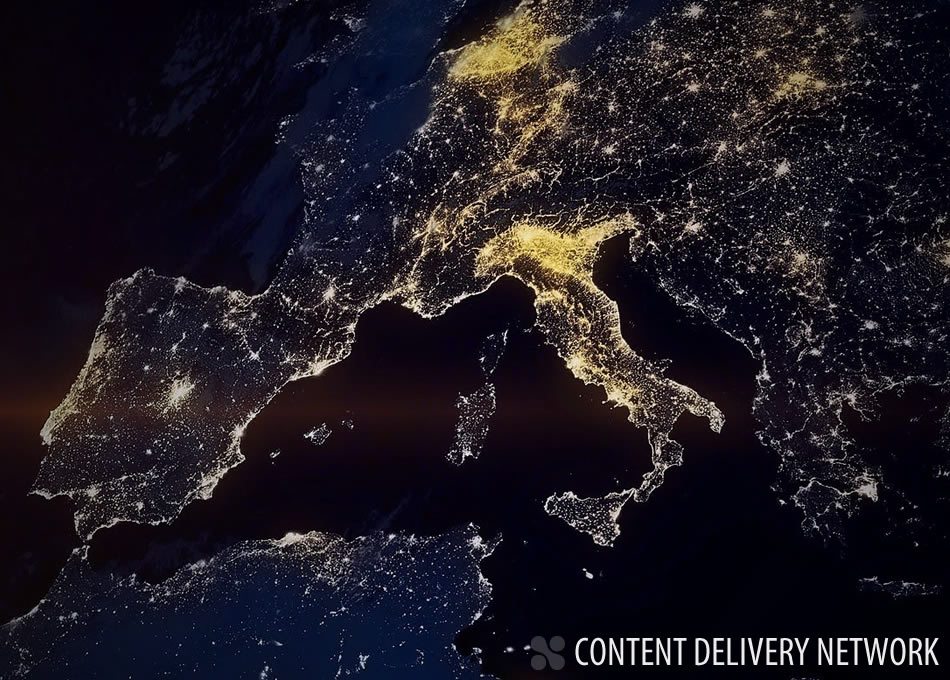HOW TO INCREASE ECOMMERCE PERFORMANCE
Are you ready to boost your sales?
As we have already seen, e-commerce performance can significantly affect the conversion and you need a performing and tailored infrastructure to improve your revenue.
In today’s post we will see some aspects that influence largely e-commerce performance, which can be optimized and improved to maximize them. Each element is complementary and helps to make the ecommerce website more performing and reactive, assuring customers an excellent user experience.

Besides, if it is possible, to get higher performance it is desirable a continuative action and collaboration among the infrastructure management team and the development team, that should work togheter during the whole project.
Said that, how can we boost the performance of our online shop?
3 are the main keys to make an ecommerce more performing:
1. Application code: clear the code
2. Infrastructure: optimization of the system
3. Distribution: use of Content Delivery Network solutions
In the upcoming posts we will explain each point in details, seeing the concrete actions to get better performance and showing you some useful tips.
Are you interested in the optimization of e-commerce platform? We can help you!
Just fill out the form below and we will call you back for a free consulting.
Contact us
Fill out the form and one of our experts will contact you within 24 hours: we look forward to meeting you!








